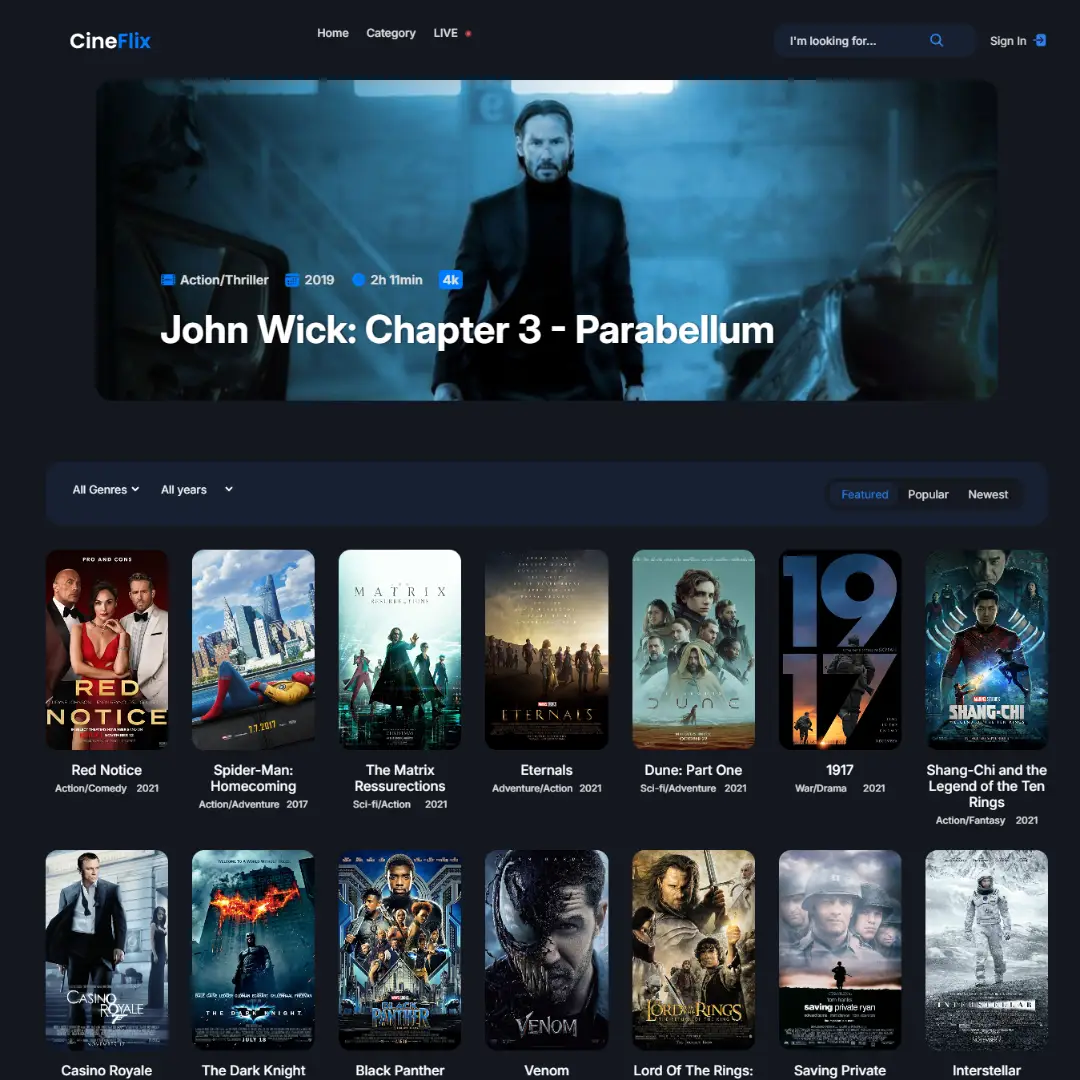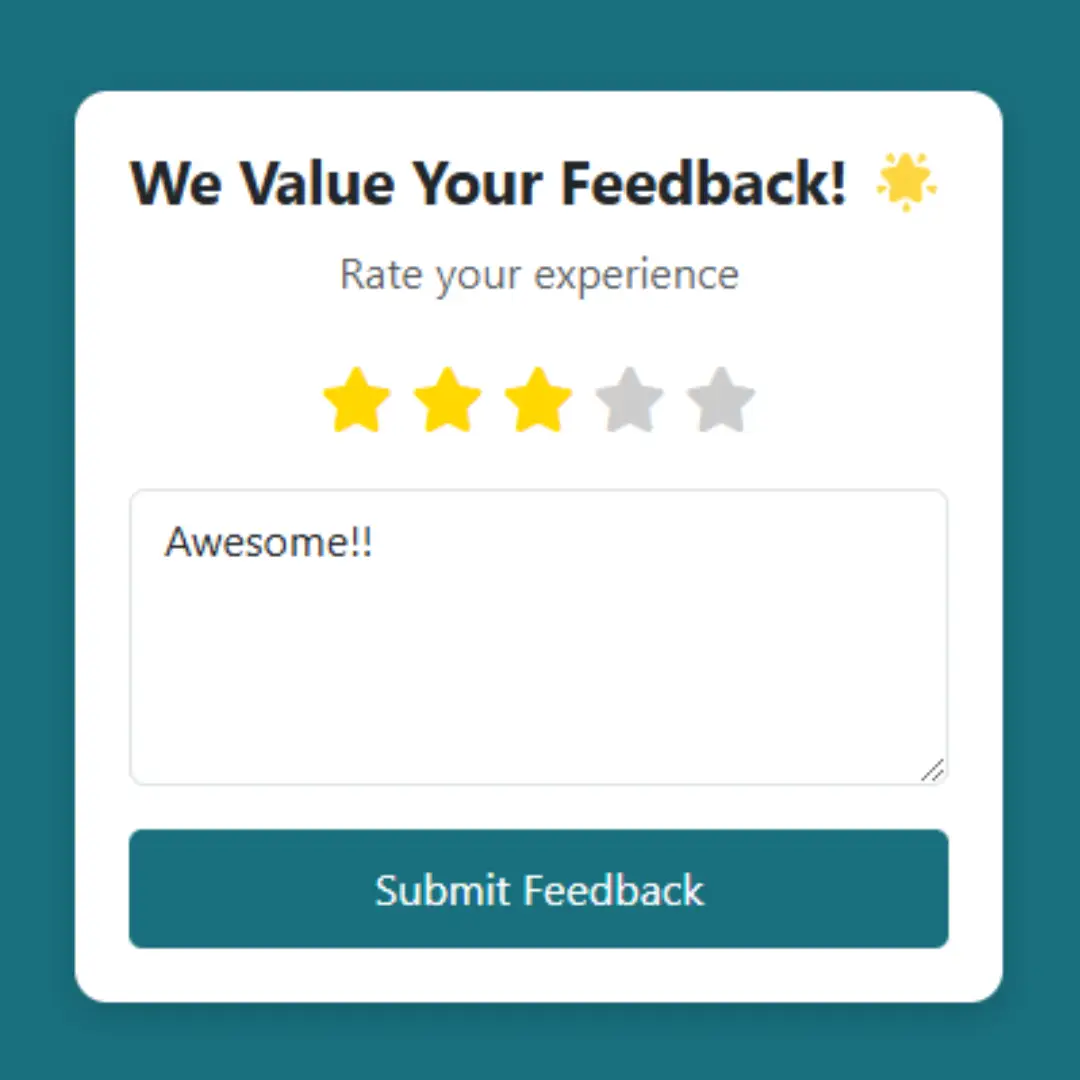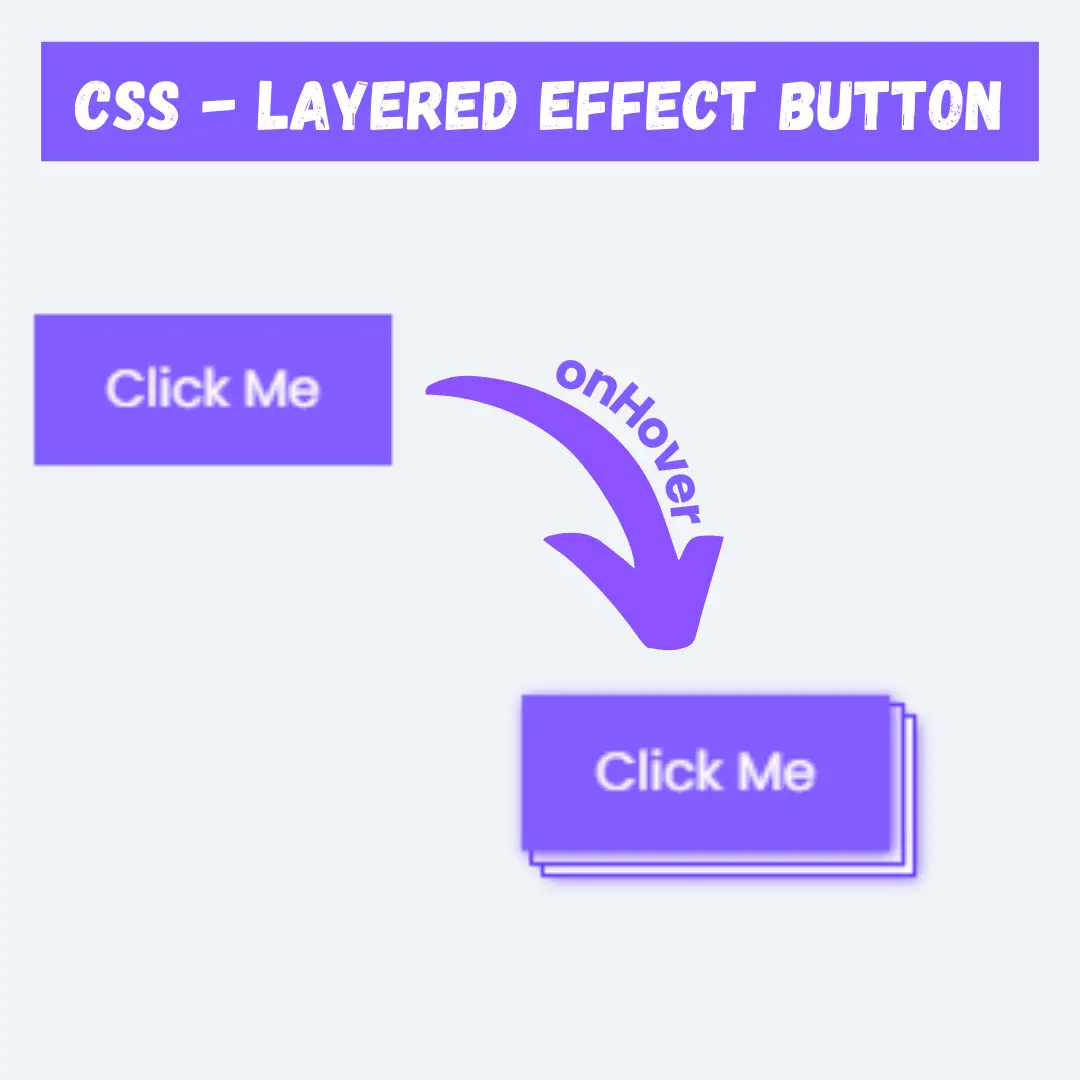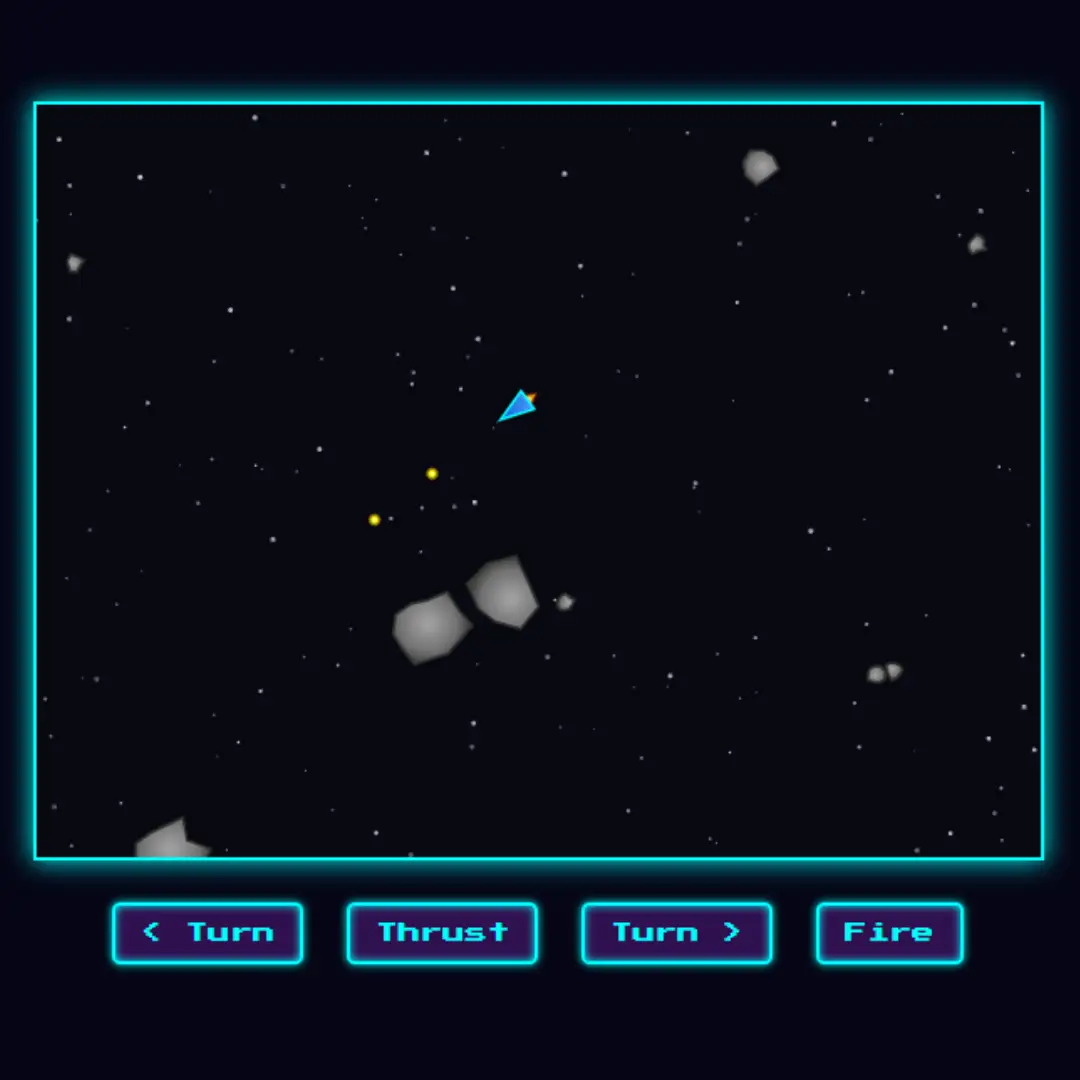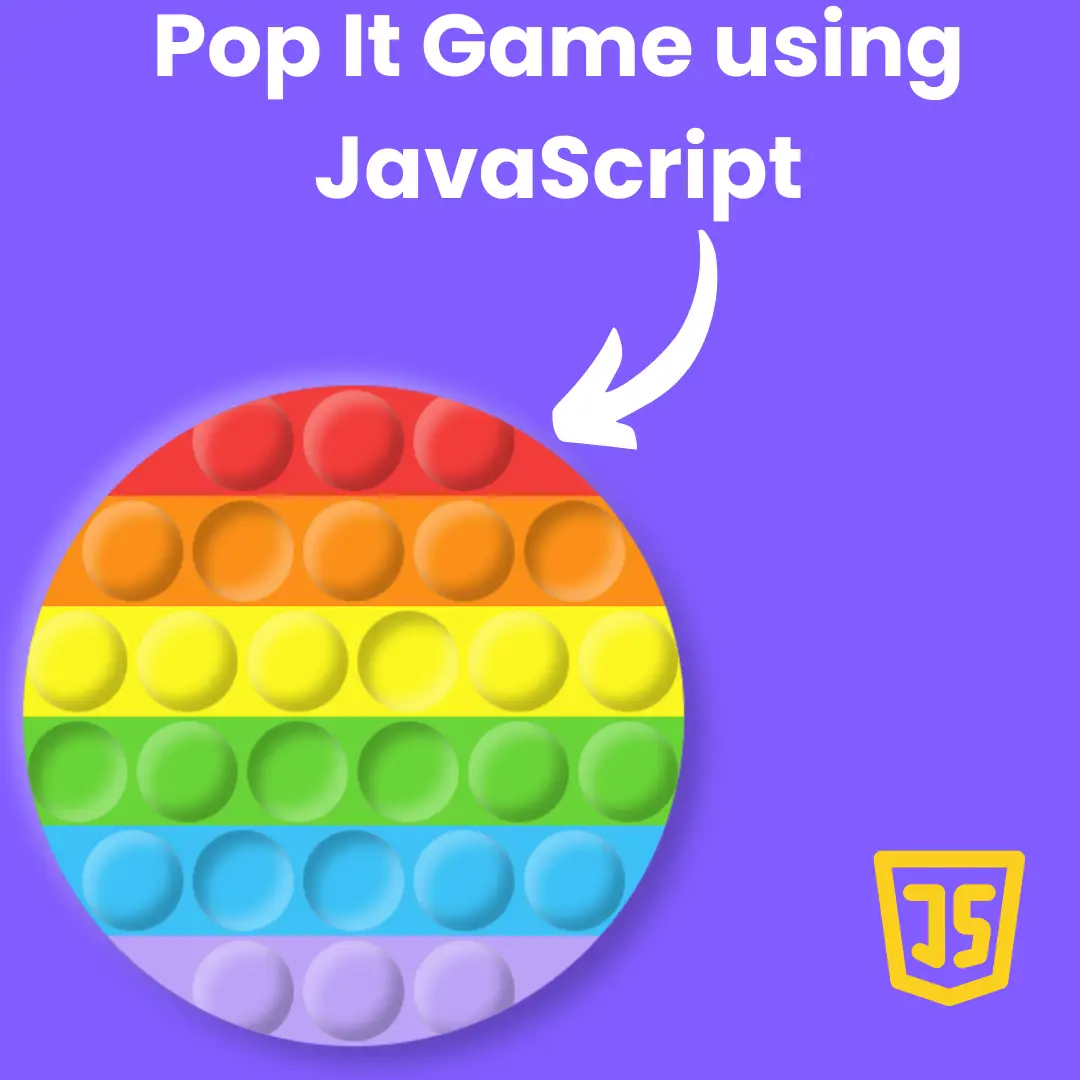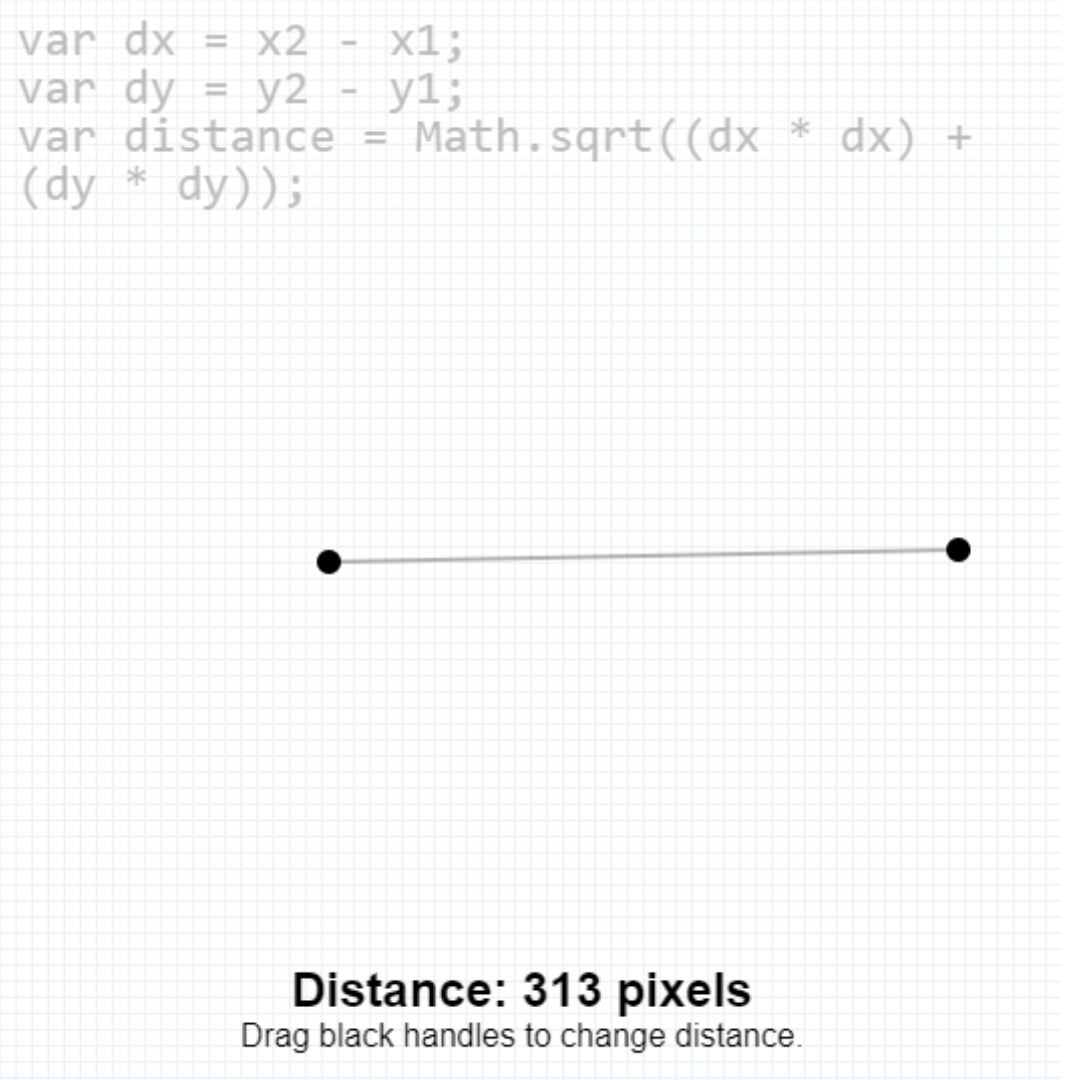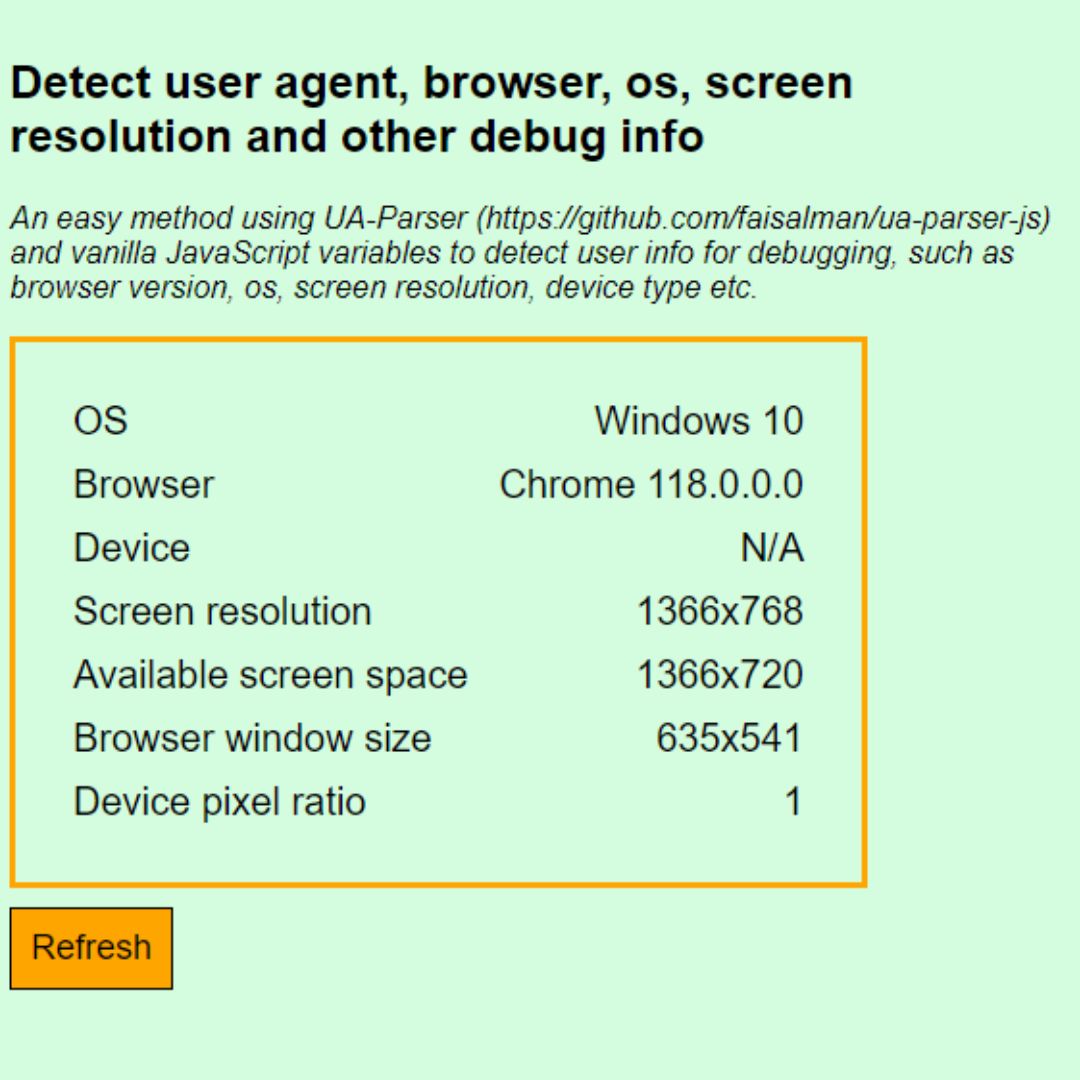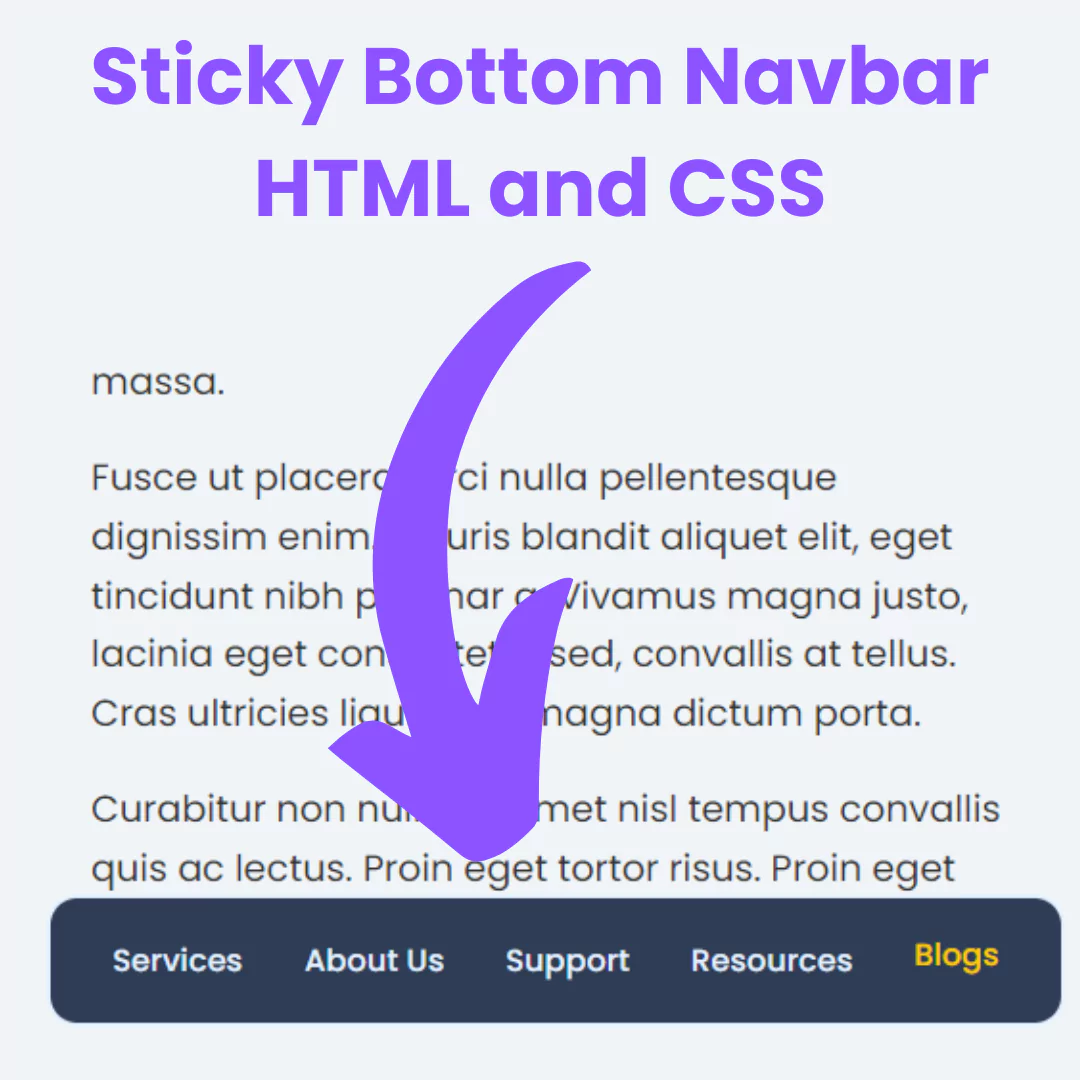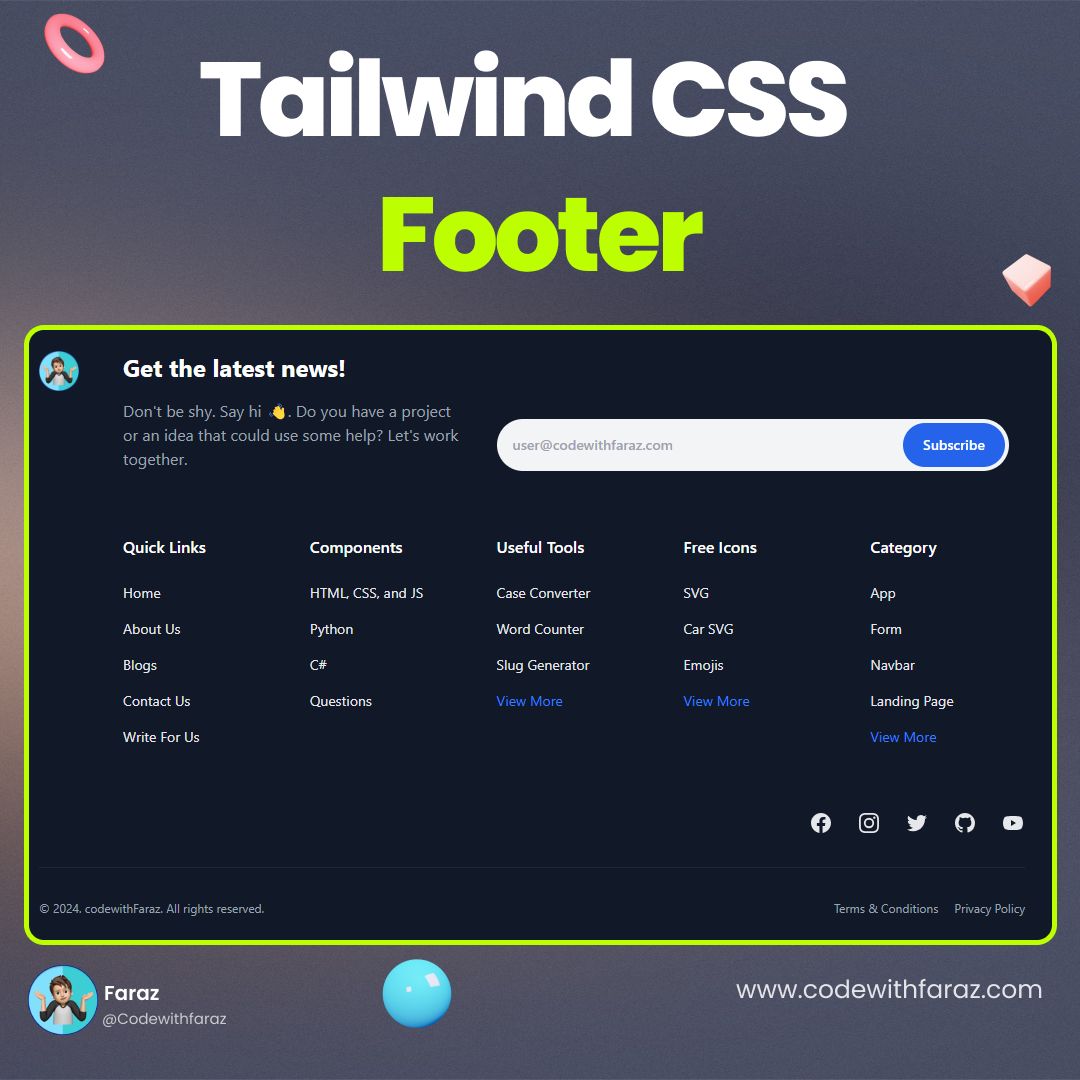One of the most popular Artificial Intelligence software programs that’s been in development for a long time is TensorFlow. Recently, Google has announced their newest AI program called PyTorch. It seems to be quite close in functionality and performance to TensorFlow - so what is the difference between these two? Let’s find out!

If you're reading this, you likely have some familiarity with Python and/or TensorFlow. But if you're not familiar with either, now might be a good time to start! In this article, we'll compare and contrast TensorFlow and PyTorch - two major open source libraries for data analysis and machine learning. We'll cover what each library is good for, what makes them different, and why you might want to use either one. So without further ado, let's get started!
What is TensorFlow?
TensorFlow is an open-source software library for data processing and machine learning. It was developed by Google in collaboration with the University of Toronto, and released in March 2015. TensorFlow allows data scientists to build custom applications that can accelerate the processing of large amounts of data through the implementation of mathematical operations on data structures called "tensors."
let's take a look at the main features of TensorFlow:
- Supports complex data structures, such as tensors and graphs.
- Can handle large datasets efficiently.
- Has a wide range of GPU support.
What is PyTorch?
PyTorch is a open source deep learning library created by Facebook. It is currently the most popular deep learning library on GitHub. PyTorch has been actively developed since March 2017 and boasts more than 2,000 contributors.
PyTorch is well suited for Python developers who are looking for a deep learning library that's easy to use and has a large community of contributors. PyTorch supports multiple layers of neural networks, making it a good choice for projects that need to train deep networks with many layers. PyTorch also has an efficient implementation of dataflow programming that makes it perfect for building high-performance machine learning applications.
let's take a look at the main features of PyTorch:
- Is designed for general-purpose programming with GPUs.
- Allows you to use multiple cores on your machine for faster performance.
- Is more modular than TensorFlow, making it easier to extend and customize.
Differences between PyTorch and TensorFlow
PyTorch is a library for machine learning written in Python. TensorFlow is an open source software library for dataflow programming and deep learning.
Here are some key differences between TensorFlow and PyTorch:
- TensorFlow is more mature: TensorFlow has been around for a longer time and has more features than PyTorch.
- TensorFlow is more versatile: TensorFlow can be used for various data processing tasks, such as machine learning, artificial intelligence, and signal processing.
- TensorFlow is more user-friendly: TensorFlow is easier to use than PyTorch because it has a more comprehensive API.
Pros and Cons of PyTorch and TensorFlow
Pros of TensorFlow:
- TensorFlow is well known and widely used, making it easier to find resources and collaborate with other developers.
- It offers flexibility and modularity, allowing users to build custom models and algorithms.
- It has a large community of contributors, making it easy to get help when needed.
- It supports multiple platforms, including desktop computers, laptops, and mobile devices.
Cons of TensorFlow:
- TensorFlow can be more complicated to learn than PyTorch, which may make it difficult for some people to get started with the library.
- TensorFlow can be more expensive than PyTorch depending on the version purchased.
Pros of PyTorch:
- PyTorch is much faster than TensorFlow.
- It supports more architectures, including CPUs and GPUs.
- PyTorch is easier to learn than TensorFlow.
- It can handle larger datasets more easily.
Cons of PyTorch:
- PyTorch is less mature than TensorFlow.
Which is Better?
TensorFlow and PyTorch are two of the most popular deep learning libraries on the market. Both libraries have their own strengths and weaknesses, so it can be difficult to decide which one is best for your project. In this article, we will compare TensorFlow vs PyTorch and highlight some of the key differences.
TensorFlow is more complex than PyTorch, but it also has more built-in features. For example, TensorFlow supports Keras, a powerful machine learning library, while PyTorch does not. TensorFlow also has a wider range of supported architectures and can run on more machines than PyTorch.
However, PyTorch is more efficient than TensorFlow when it comes to running neural networks. This is because PyTorch uses a special type of computation called neural networks with attention, which allows it to run faster on CPUs than TensorFlow can.
Overall, TensorFlow is better for experienced developers who want more control over their projects, while PyTorch is better for new developers who want to focus on developing their skills rather than worrying about the library’s complexity.
Conclusion
If you're wondering what the big deal is with TensorFlow and PyTorch, or if you need to make a decision between the two, read on for an overview of their key differences. As it turns out, both frameworks have their own strengths and weaknesses that may be important to know if you're thinking about using them in your next project. Ultimately, the choice comes down to your specific needs and preferences; so don't be afraid to try out both frameworks and see which one fits best for your work.
That’s a wrap!
Thank you for taking the time to read this article! I hope you found it informative and enjoyable. If you did, please consider sharing it with your friends and followers. Your support helps me continue creating content like this.
Stay updated with our latest content by signing up for our email newsletter! Be the first to know about new articles and exciting updates directly in your inbox. Don't miss out—subscribe today!
If you'd like to support my work directly, you can buy me a coffee . Your generosity is greatly appreciated and helps me keep bringing you high-quality articles.
Thanks!
Faraz 😊





